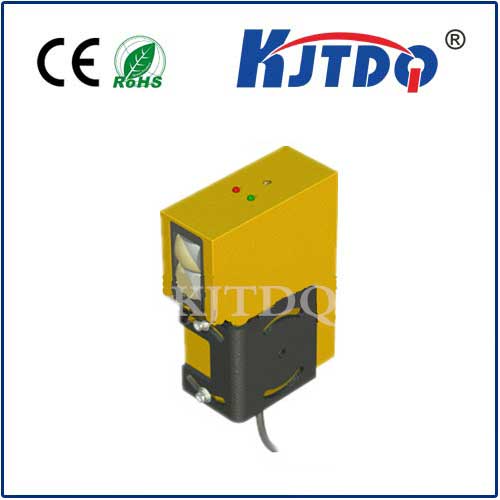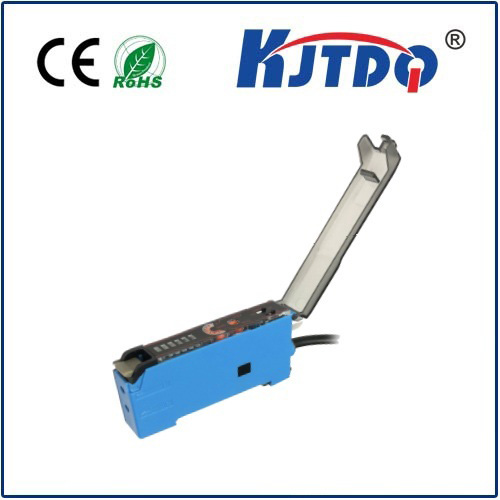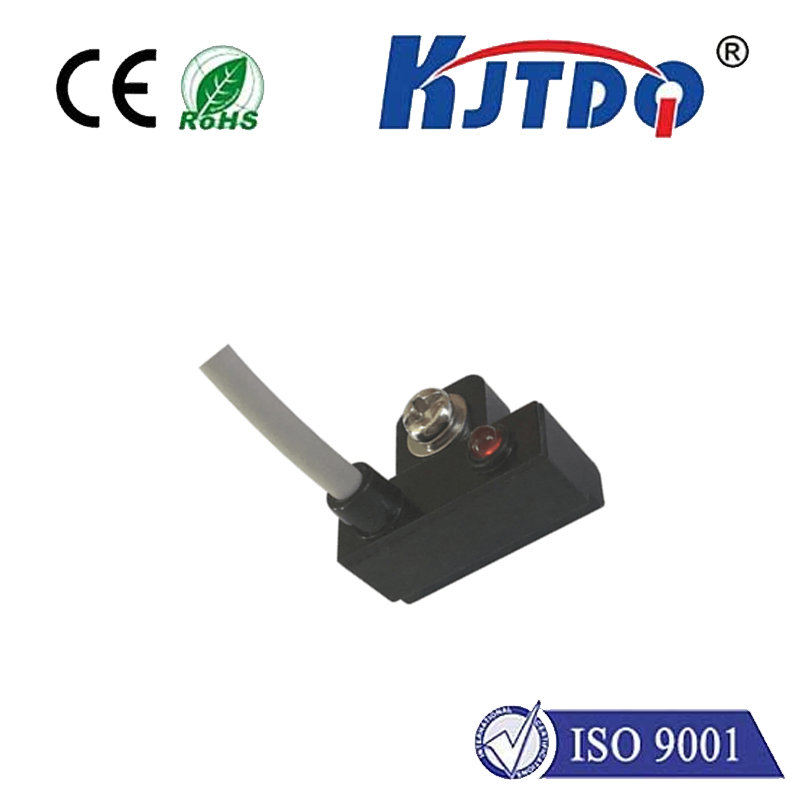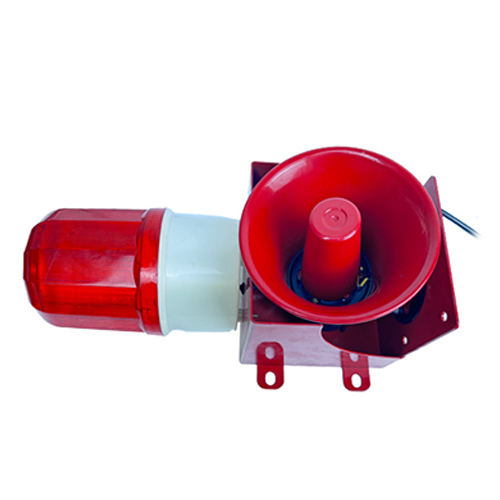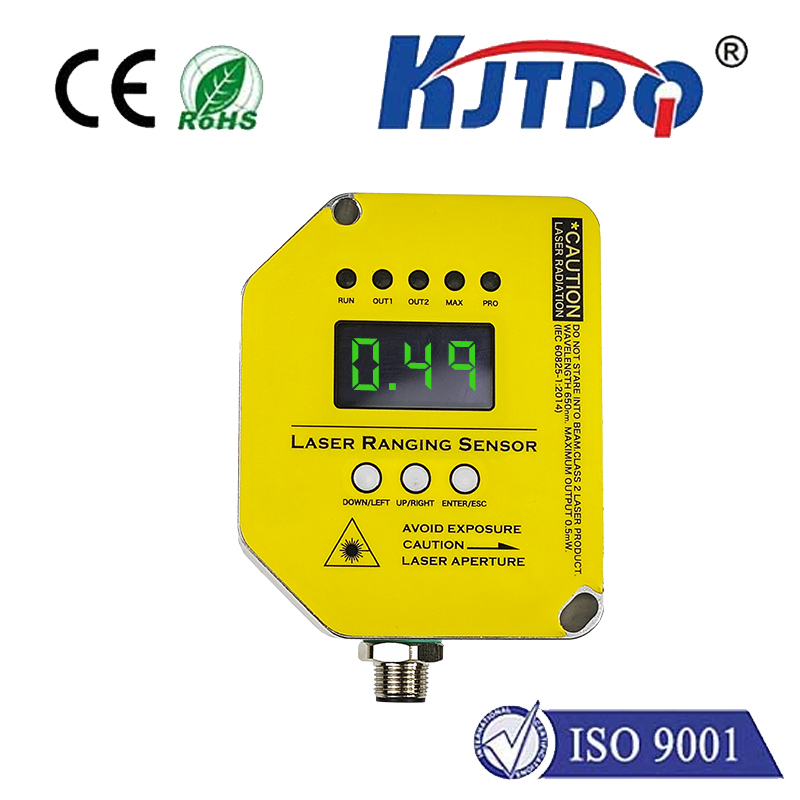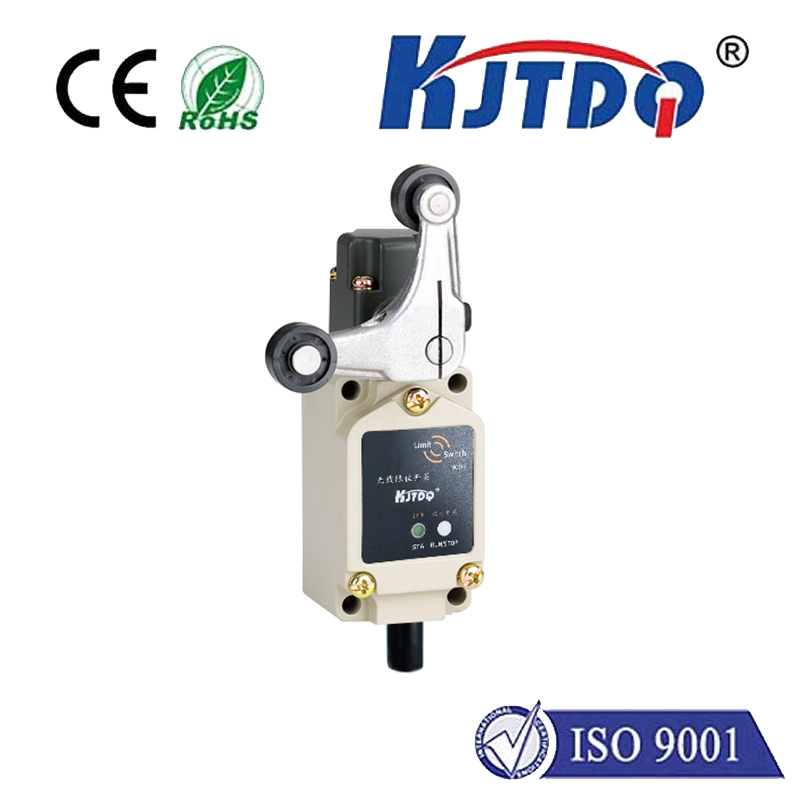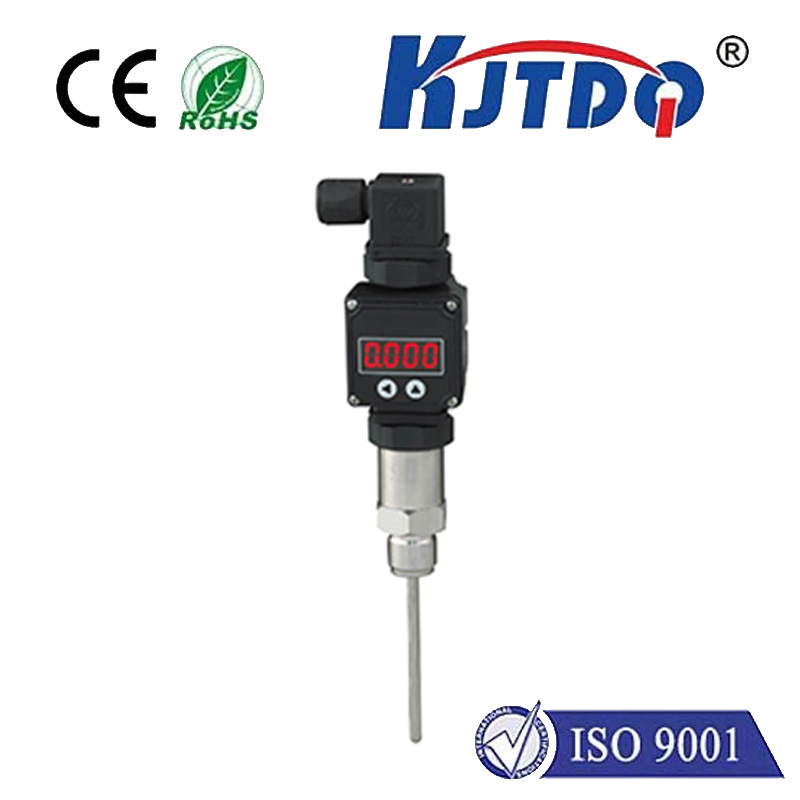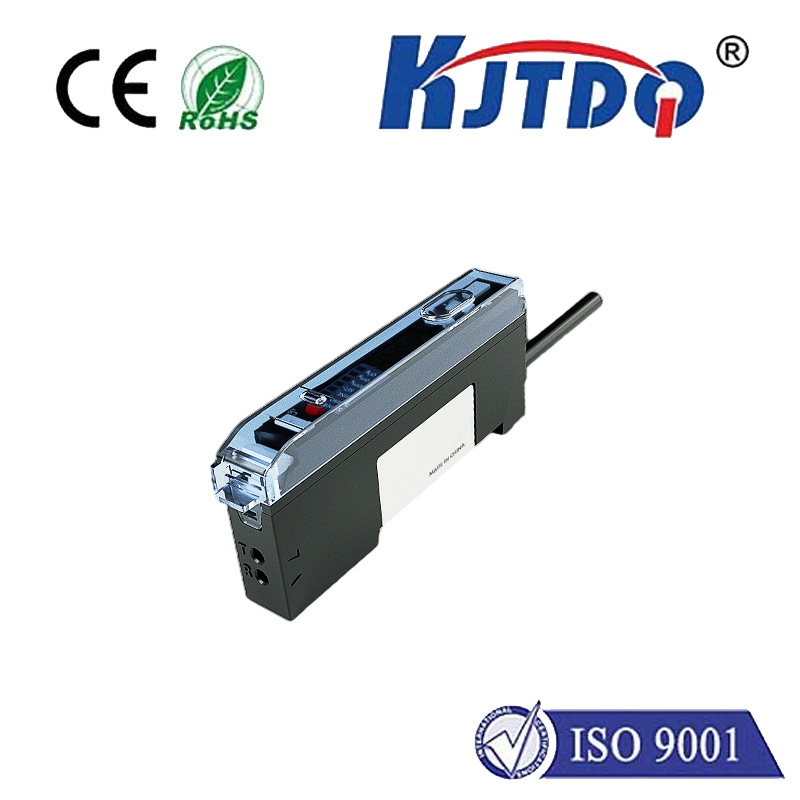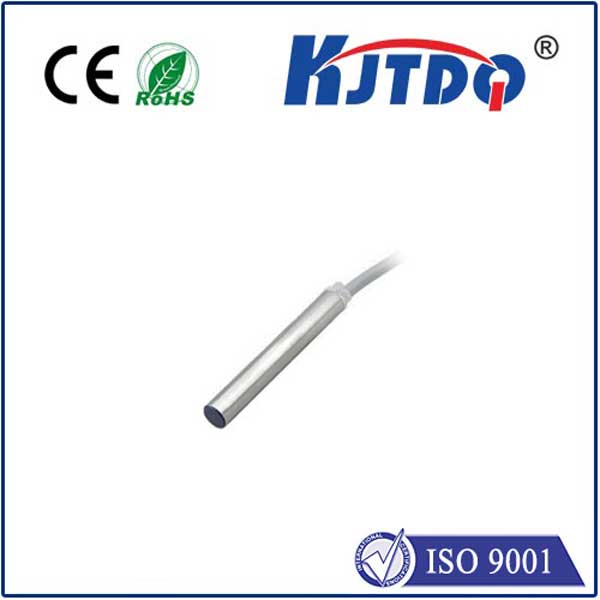BES01P7 high pressure proximity sensor
- time:2025-10-13 19:13:56
- Нажмите:0
BES01P7 High Pressure Proximity Sensor: Unwavering Detection in Extreme Environments
Imagine a critical hydraulic system powering a massive industrial press. Inside, pressures surge to astonishing levels. A standard sensor monitoring position fails, not crushed, but overwhelmed by the sheer force surrounding it. The result? Unplanned downtime, potential damage, costly repairs. This scenario highlights the unique challenge faced in high-pressure applications – a challenge specifically met by sensors like the BES01P7 High Pressure Proximity Sensor. This isn’t just another proximity switch; it’s an engineered solution built to thrive where pressure is the enemy of ordinary sensors.
Proximity sensors, fundamentally, detect the presence or absence of nearby objects without physical contact, typically using electromagnetic fields (inductive type for metals) or capacitive principles. Their reliability is paramount in automated processes. However, standard models are generally designed for ambient pressure conditions. When submerged in high-pressure fluids like hydraulic oil or subjected to intense external pressures within sealed systems, conventional sensors can deform, leak, or suffer signal drift, rendering them unreliable or unusable.

The BES01P7 stands apart precisely because it tackles this pressure problem head-on. Engineered with a specialized, robust housing and internal construction, it’s designed to maintain exceptional performance and integrity even when subjected to continuous high-pressure environments. Key characteristics defining its high-pressure prowess include:
- Exceptional Pressure Resistance: This is the core attribute. While exact ratings can vary by manufacturer and specific model variant, BES01P7 sensors are frequently designed to withstand pressures significantly higher than standard inductive sensors – often rated reliably for continuous operation at 150 bar (2175 psi) or more, with peak ratings reaching 250 bar (3625 psi) or beyond. This makes them ideal companions for heavy-duty hydraulic cylinders and high-pressure fluid systems.
- Robust Hermetic Sealing: Preventing fluid ingress under extreme pressure is critical. The BES01P7 typically features advanced, multi-stage sealing technologies (like specialized O-rings and glass-metal seals for electrical feedthroughs) ensuring a hermetically sealed internal chamber. This protects sensitive electronics from corrosive fluids and maintains signal stability.
- Enhanced Structural Integrity: The sensor body itself is constructed from high-grade materials (like stainless steel variants) and engineered geometries capable of withstanding significant mechanical stress induced by high pressure without deformation, which could alter sensing characteristics.
- Reliable Inductive Sensing: At its heart, the BES01P7 usually employs a tried-and-tested inductive sensing principle. This means it reliably detects the approach of ferrous metal targets (like piston rods or machine parts) through changes in an electromagnetic oscillation circuit, providing a precise switching signal. Crucially, its sensing performance remains consistent despite the harsh pressure conditions surrounding it.
- High Immunity: Beyond pressure, these sensors are built for harshness, often featuring high IP (Ingress Protection) ratings (e.g., IP67, IP69K) for resistance against dust and water jets, and excellent EMC (Electromagnetic Compatibility) performance to avoid interference in electrically noisy industrial environments.
Where the BES01P7 High Pressure Proximity Sensor Excels: Critical Applications
The unique capabilities of the BES01P7 make it indispensable in industries and applications demanding reliability under intense pressure:
- Hydraulic Systems: This is arguably its primary domain. Direct integration into hydraulic cylinders to detect piston rod position at the end-of-stroke or mid-stroke points is crucial for control and safety. Whether in injection molding machines forging plastic, massive presses shaping metal, or construction equipment like excavators and cranes handling heavy loads, the BES01P7 provides critical feedback under immense hydraulic pressure.
- Fluid Power Applications: Beyond cylinders, it monitors valve positions, controls pumps, and provides feedback in high-pressure piping, manifolds, and power units, ensuring system efficiency and preventing over-pressurization.
- Test Benches & Pressure Vessels: Equipment used to test the integrity of components, pipelines, or sealed systems under extreme simulated pressures requires sensors that won’t fail during the test. The BES01P7 is a reliable choice for position monitoring within these high-pressure test environments.
- Oil & Gas / Subsea Equipment: While requiring specific certifications for hazardous areas or deep-sea use, the high-pressure resilience principle applies. Variations of sensors like the BES01P7 design philosophy are used in downhole tools, drilling equipment, and subsea control modules.
- Specialized Heavy Machinery: Any mobile or stationary machinery utilizing high-pressure hydraulics for force or movement control – from forestry harvesters to steel mill equipment – benefits from the dependable position sensing offered by high-pressure proximity sensors.
Choosing and Implementing the BES01P7 Effectively
Selecting the right high pressure proximity sensor is vital:
- Verify Pressure Rating: Always confirm the specific pressure rating (both continuous and peak) is suitable for your application’s maximum operating pressure, including potential pressure spikes. Don’t assume.
- Consider the Environment: Factor in temperature extremes, the type of fluid (compatibility of seals/wetted materials), vibration levels, and required electrical connection type (cable or connector).
- Target Material & Sensing Range: The BES01P7 is primarily inductive, so ensure targets are ferrous metal. Check the specified nominal sensing distance (Sn) and ensure it meets your installation gap requirements under operating conditions.
- Output Type: Standard options include NPN or PNP transistors (3-wire), or sometimes Namur outputs for hazardous areas. Choose the type compatible with your control system.
- Mounting: Ensure proper installation according to specifications. Correct mounting torque is often critical to maintaining the integrity of the pressure seals without damaging the sensor body. Avoid mounting in areas of extreme turbulence or cavitation if possible.
In the demanding world of industrial automation and fluid power, pressure isn’t just a number on a gauge; it’s a force capable of compromising critical components. Sensors monitoring position or presence within these environments must be more than accurate; they must be inherently resilient. The BES01P7 High Pressure Proximity Sensor embodies this resilience. Its specialized design, centered on withstanding continuous high pressure while delivering reliable inductive sensing, makes it a cornerstone technology for ensuring uptime, safety, and precision control in some of the most challenging hydraulic and high-pressure systems found across diverse industries. For engineers and maintenance professionals seeking unwavering performance where pressure reigns, understanding and specifying sensors like the BES01P7 is not just an option; it’s an operational necessity.

